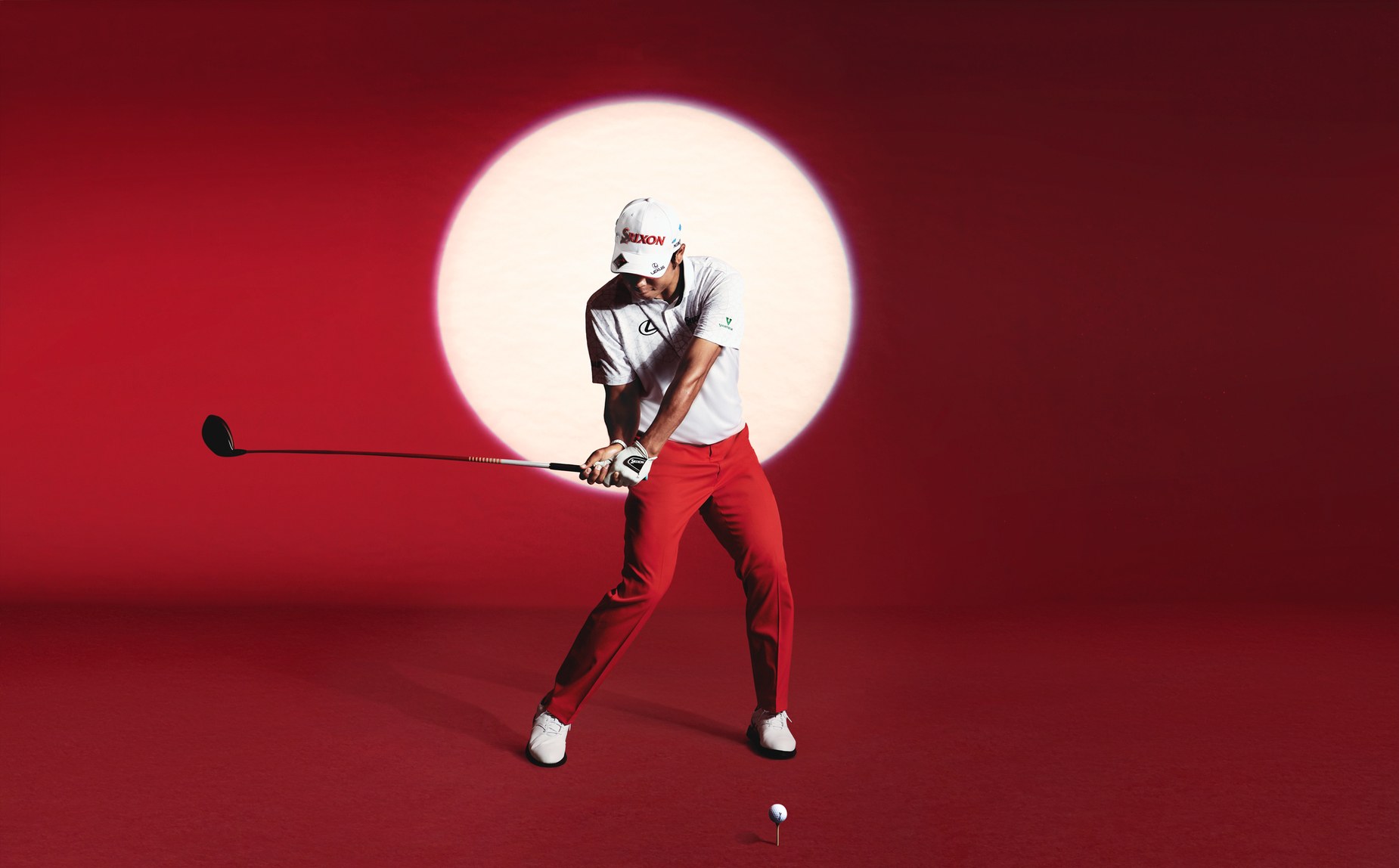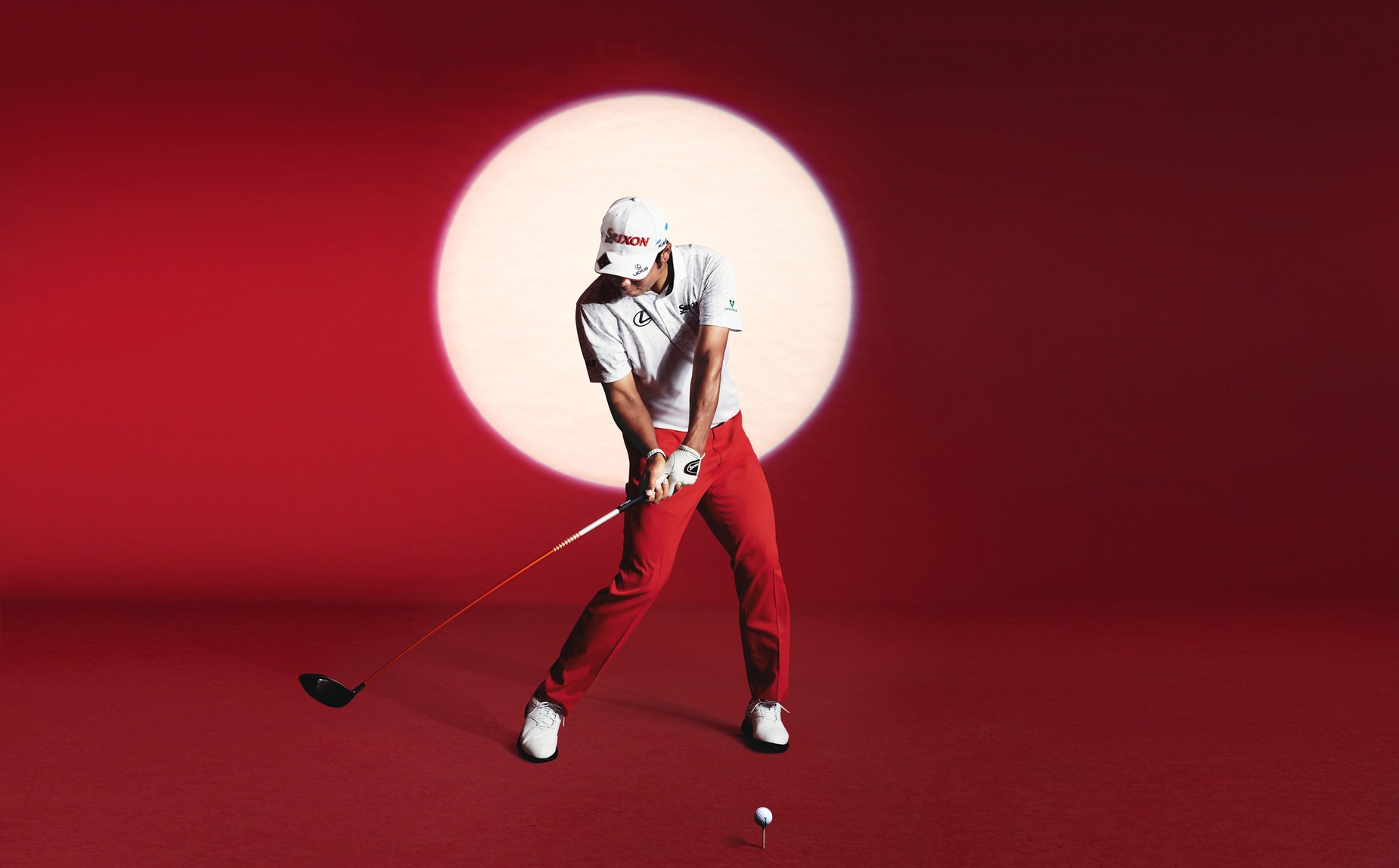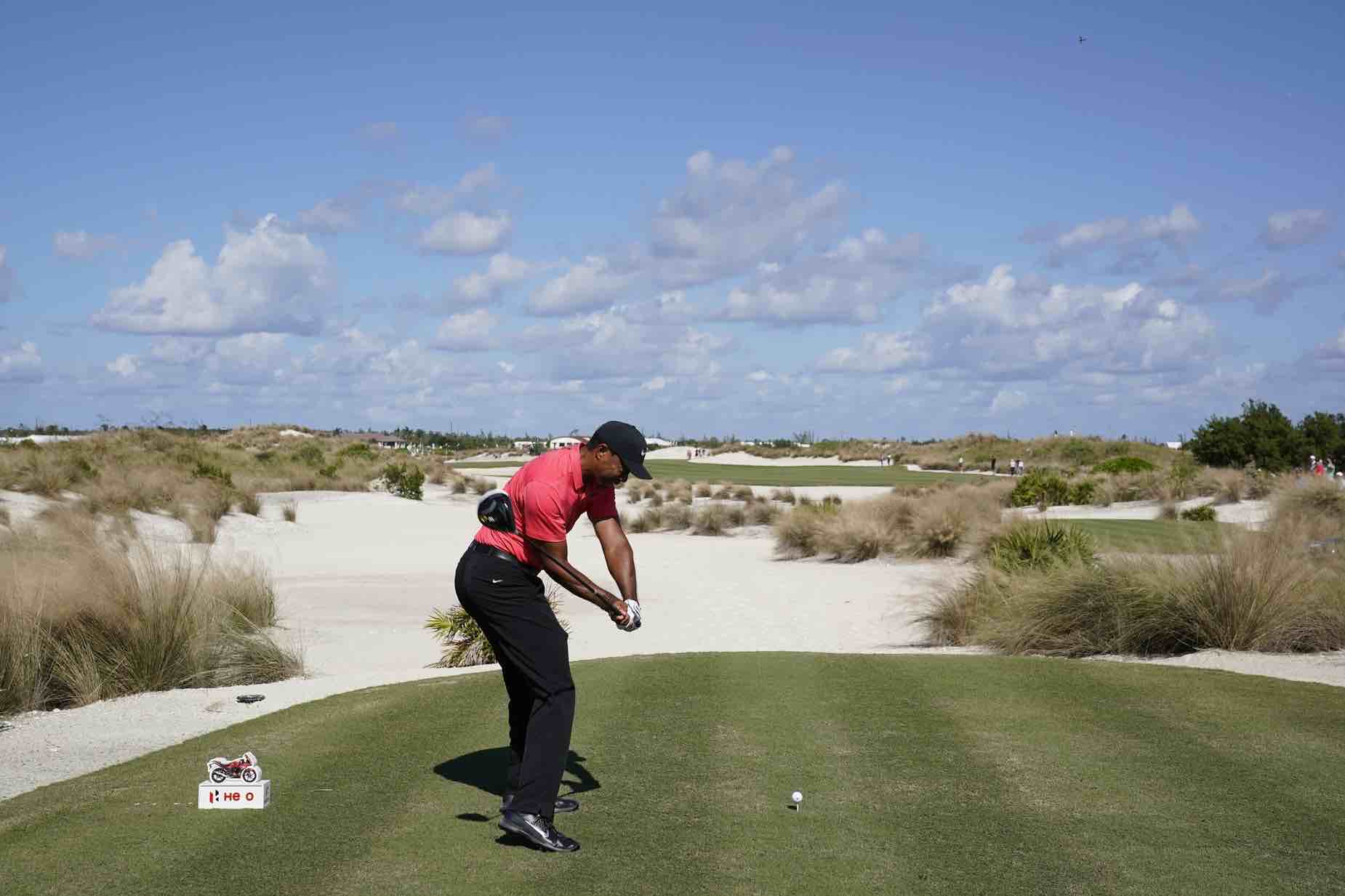Walk the range at a tour event and you’ll see a squadron of instructors capturing video, with the teacher and player huddling to figure out which magic adjustment might make the difference between first place and 50th on a given week. It’s certainly interesting to eavesdrop on what they’re discussing – in fact, it’s why we’ve been showing swing sequences in Australian Golf Digest since its inception in 1970. But hearing about Dustin Johnson’s key to hitting his 4-iron incrementally better is only going to help you so much.
What does a top teacher see when he or she looks at your swing? And what kind of things are you missing when you have your mate shoot you from down the line during your next practice session? We asked three top teachers – Jason Guss, Jason Sedan and Tom Rezendes – for the fundamental things they look at in an initial swing lesson, and how changing your focus to those things instead of the “prettiness” of your move will make you get better way faster.
“Can we all be honest with each other and accept that virtually nobody has the genetic gifts to roll out of bed and swing like Adam Scott or Anne van Dam?” says Rezendes, who runs the NorCal Golf Academy in Walnut Creek, California. “The important part to remember is that you don’t HAVE to do that to play well. A trained set of eyes sees what adjustments you need to make for you to swing your best, not necessarily look like a swing model.”

1. What your face angle is during your backswing
Where the face is pointing during the whole swing might be most under-paid-attention-to fundamental in golf. “Almost every good player has either closed the face or is about to when they come out of the transition at the top,” says Jason Guss, who runs the Jason Guss Golf Academy at Hawk Hollow, in Bath, Michigan. “Players who struggle don’t have it square ever, or they’re even opening it at the start of the downswing – which causes a whole other chain of events. If you’re looking at your own swing or any other, is that face angle looking down at the ground when the club is halfway down to the ground on the downswing? I like to help players get keyed in on the face instead of the wrist movements that produce it because those wrist movements are so small.

2. How your technique matches your intention
What you’re trying to can (and should!) have a huge impact on what your swing looks like. “Students send me video of swings all the time and my first question is always the same – what are you trying to do here?” says Jason Sedan, who runs Fore Door Golf at Lake Winnipesaukee Golf Club in New Hampshire. “Most amateurs record a swing on the range, and it’s just a random swing that came after a random practice swing. But every shot should have a goal, a shape and a speed at which you’re trying to swing, and rehearsals that are about that exact thing.

“The next part is that the speed you swing changes a lot of the relationships within the swing. A video of a player making a smooth swing with a pitching wedge can tell a way different story than one where he or she is smashing a driver. You want to look at the full context, not just for one move you want to tear down.”
3. The underlying cause of your main swing problem
Putting an ankle brace on for a broken finger isn’t going to be very effective. Which means you need to look for the main source of your issues. “The phrase ‘over the top’ is one a ton of amateur players read and hear about, and a lot of them accurately see it about their own swings,” says Sedan. “But the way they go about fixing it doesn’t address the fundamental reason it’s happening. You probably see it as a swing path issue, but the swing path issue is a symptom, not the problem.

“If an over-the-top swinger just tries to flatten the club in transition and swing more ‘from the inside,’ all you’re doing is creating a swing that produces weak blocks to the right. Does that ‘fix’ the over-the-top? I guess so, but it just moved the problem into a different box. If you don’t address the open clubface that produces most over-the-top moves, you’re not addressing the problem.”
4. The movement of your swing in 3D, not 2D
A golf swing moves in three dimensions, which is hard to see on video. “You’ve heard of ‘angle of attack,’ but what does it really mean? And it’s so hard to see without a TrackMan or a trained eye,” says Guss. “But angle of attack gives a lot of clues about your bad shots. A player could be hitting these low hooks with the driver because he or she isn’t getting the weight transferred to the lead side. Ball position and swing direction work together. If you want to hit a higher shot or tend towards a fade, you adjust that ball position forward, which moves the swing direction left and the angle of attack upwards.”

5. How your body segments work together to produce speed
“Most players (and a lot of teachers, to be honest) are focused on the basics – grip, posture, alignment – because those are the easiest to see,” says Rezendes. “There’s a place for that stuff, of course, and a place for launch monitor data like clubhead speed and distance, but I’m watching for a swing’s kinetics – how you produce force. What is making you do what you’re doing in your swing, and how is it impacting your shots?
“For example, how centred your thorax is over your pelvis has huge ramifications for how much energy you can deliver into the ball. And if your hip joints are working correctly in conjunction with your pelvis, that’s a major differentiator between good players and players with less skill. Good players turn ‘into’ the trail hip joint instead of rotating the whole pelvis in the backswing. That might seem like a subtle difference, but it’s why Cameron Champ hits it the way he does instead of the way you do. He’s producing more energy, not finding a set of swing positions.”




